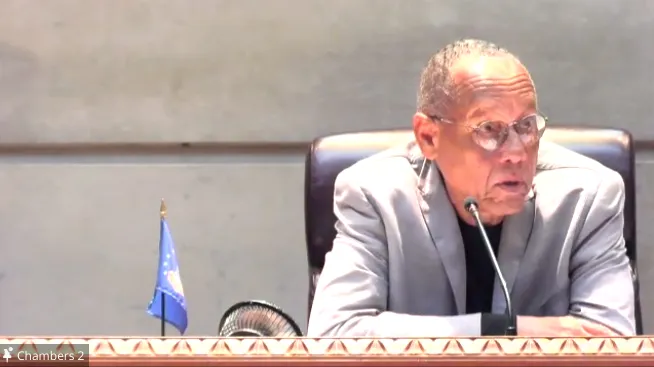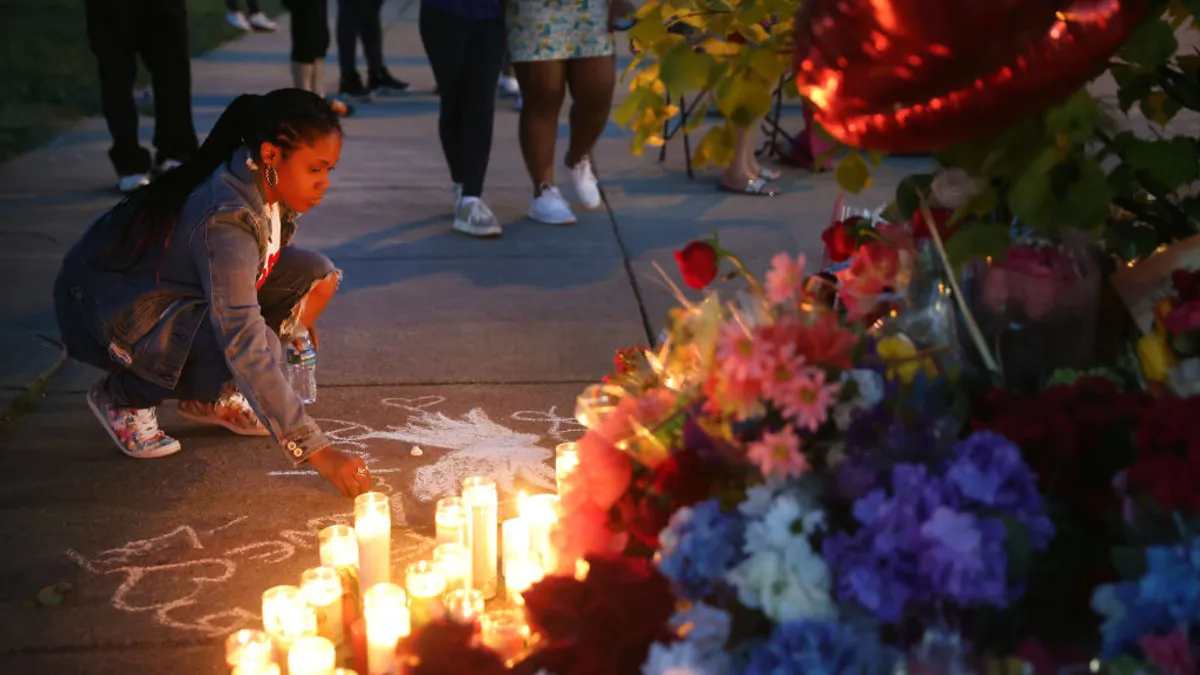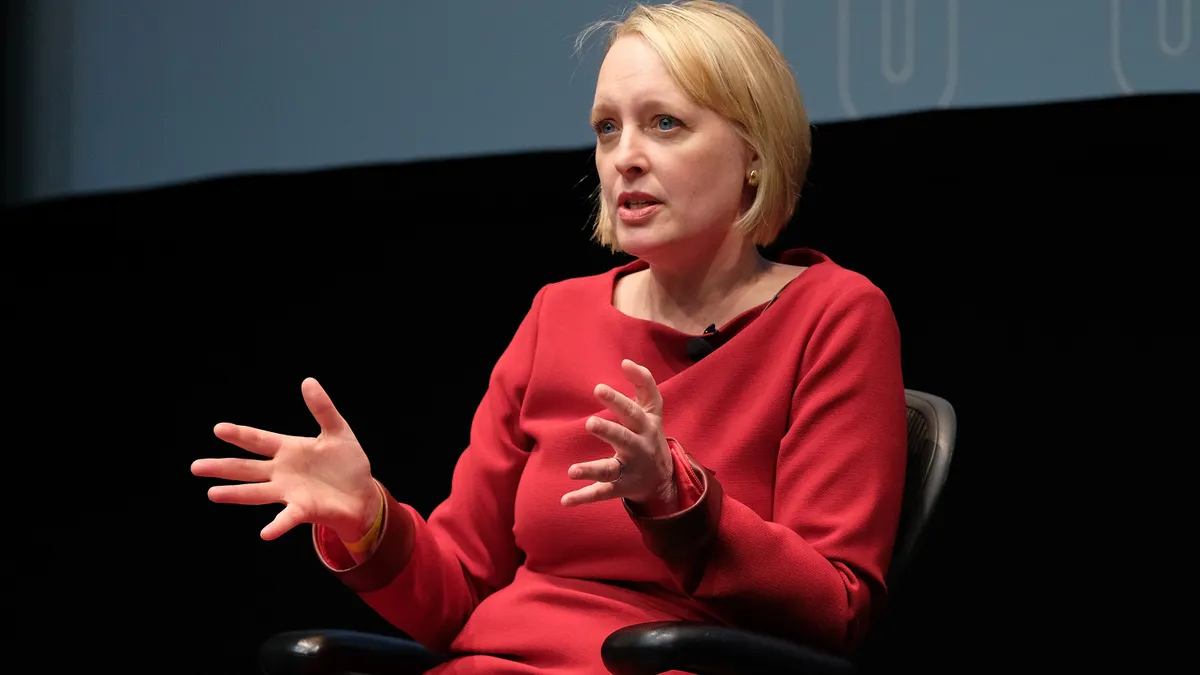The May 14 mass shooting at a supermarket in a predominately Black community in East Buffalo, New York, marked a collision of racism, discrimination, gun violence and a whole host of topics that have come to dominate American public life.
For Buffalo city residents who testified during a listening session of the U.S. Equal Employment Opportunity Commission on Monday, the attack also highlighted the structures that have kept and continue to keep people of color worlds apart from those who live mere minutes away.
“Our communities have been traumatized,” said Garnell Whitfield, Jr., the city’s former fire commissioner who lost his 86-year-old mother in the attack. “This didn’t just start on May 14th. We’ve been living with this our entire lives.”
EEOC Chair Charlotte Burrows said the agency had visited Buffalo to ensure that it “undertakes the kind of sustained action in the area of employment discrimination that can in fact make real and lasting change.” The EEOC, she added, is gathering input from witnesses at a series of sessions as it develops its Strategic Enforcement Plan through 2026. “Although we have deep expertise in the area of employment and we have many successes in this area, we also understand that we don’t have all the answers.”
Panelists during the event’s first session discussed a variety of roadblocks to progress. Employment opportunities are just one example. People believe that a college degree is necessary to obtain a job that pays well, said Henry Louis Taylor, Jr., director of the University at Buffalo’s Center for Urban Studies, but research on the local job market has shown that Black residents miss out on high-paying opportunities despite educational attainment levels that are comparable to their White counterparts.

Taylor said that some high-paying careers in the Buffalo area involve participation in apprenticeship programs, including union-operated apprenticeships, that may exclude Black applicants, students and tradespersons. He asked commissioners to put apprenticeship programs “under the microscope,” adding that Black workers also face “unnecessary” testing and evaluation criteria across job types.
“The time has come for the EEOC to help end this vicious cycle of exclusion and predatory inclusion by removing the purposeful, deliberate and calculated obstacles that exclude Blacks from high-paying, working-class jobs,” Taylor said.
Other witnesses spoke about workplace disparities that exist for Black and White employees in similar jobs. One witness, Kimberly Hayward, is part of a group of environmental services employees who sued their employer, a Buffalo health system, for alleged harassment and discrimination.
Hayward, who is Black, said that she and other Black employees of Mercy Hospital would be given more difficult assignments than their White co-workers, including assignments to areas of the hospital termed “punishment floors.” Amid COVID-19, Hayward said that Black workers were tasked with cleaning the majority of hospital rooms in which COVID-19 patients were being treated.

Asked by commissioners what the EEOC could do to help prevent the type of treatment she alleged, Hayward said the agency could explore diversity training programs for managers and supervisors; “I hope EEOC has the understanding that it can make a big difference.”
Existing diversity and inclusion training is not sufficient, however, according to witness Zeneta Everhart, whose son was injured during the May 14 shooting and survived.
“We’ve all gone through these trainings, but the thing about those trainings is that they don’t get to the root,” Everhart said.
She added that the EEOC could explore nationwide training programs that discuss issues such as implicit bias and microaggressions. Everhart also touched on the question of apprenticeships and training programs, noting that even when Black workers receive these opportunities, they may not be treated fairly by those supervising them; “When they get there, [program leaders] treat them a certain way.”
Whitfield noted frustration with the patchwork nature of solutions that seek to address systemic racism, asking EEOC commissioners to help develop a more comprehensive approach. He also said the agency should take into consideration the trauma that Black workers bring with them into the workplace.
“No matter what opportunity you provide us, we come to that opportunity with baggage,” Whitfield said. “We need to prepare people for these opportunities and help them deal with the trauma they experience.”





















